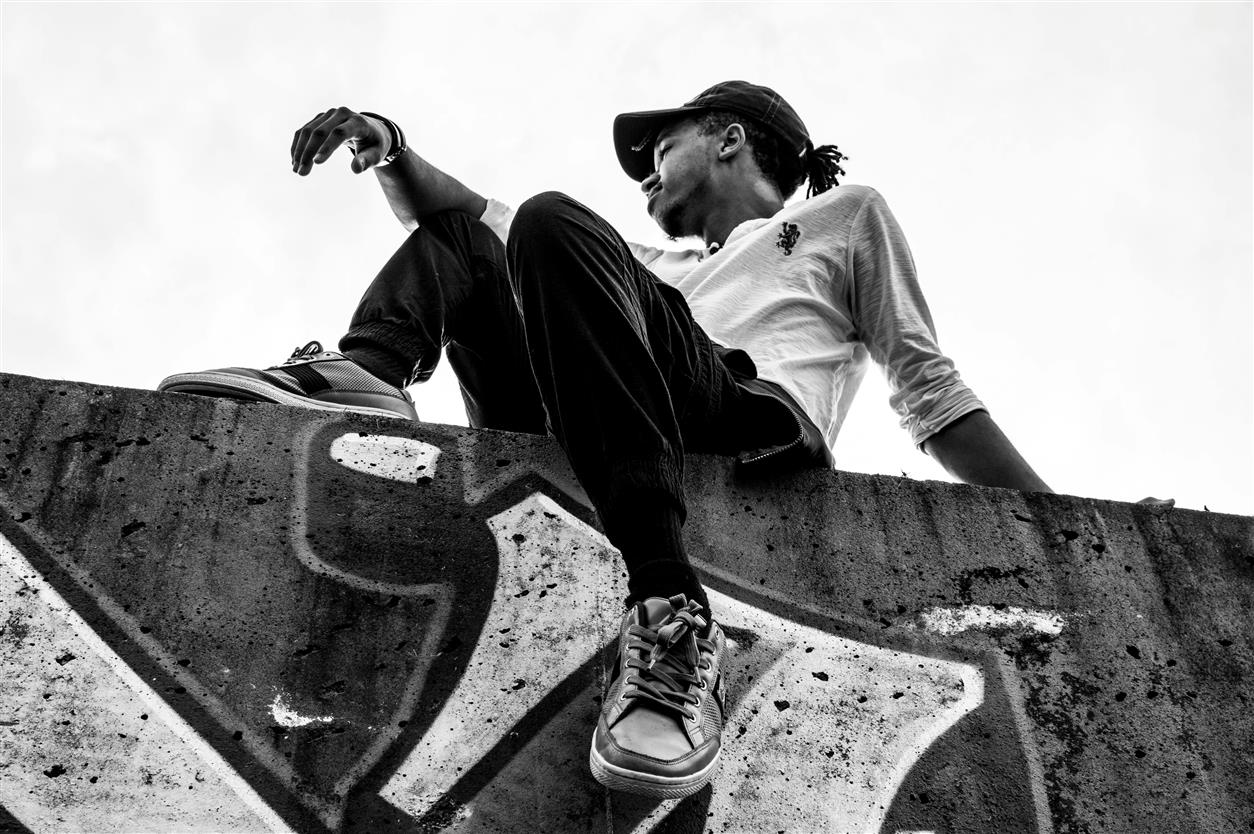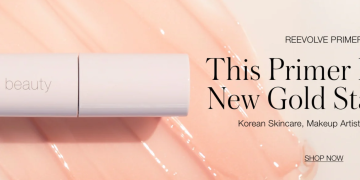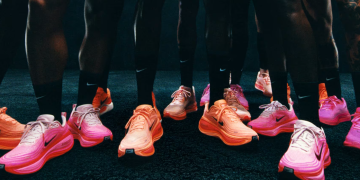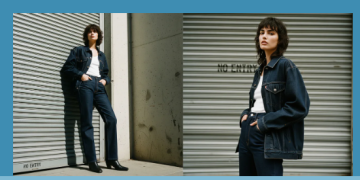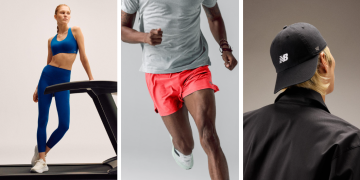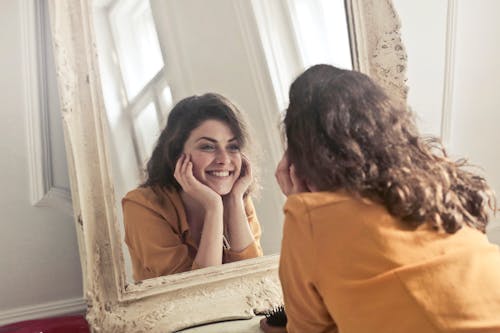
Fashion shows are known for their extravagant, often surreal presentations of high fashion. These shows, while visually stunning, can sometimes seem far removed from the practicalities of everyday life. Yet, the essence of runway trends often filters down into real-world fashion, influencing how people dress daily. This essay explores the journey of high fashion from the runway to everyday wear, examining how designers, influencers, and consumers translate runway looks into practical, wearable styles. We’ll delve into key strategies for adapting high fashion trends, highlight notable designers who excel in this area, and offer tips for integrating runway trends into everyday wardrobes.
The Runway: Where High Fashion Takes Flight
Fashion shows serve as the primary platform for designers to showcase their creative visions. These presentations are characterized by:
- Avant-Garde Designs: Designers often push boundaries with experimental silhouettes, fabrics, and techniques.
- Artistic Expression: Runway collections are a form of art, reflecting themes, inspirations, and cultural commentary.
- Exclusive Materials: High fashion often features luxurious, rare, or custom materials not typically available in everyday retail.
The Creative Process
Designers spend months developing collections, meticulously curating every detail from fabric choice to color palettes. The runway is a space for them to express their artistic vision without constraints. However, the process of translating these bold ideas into practical fashion involves several key steps:
- Conceptualization: Designers create collections based on themes, inspirations, and trends observed throughout the fashion world.
- Development: Designers work with patterns, fabrics, and techniques to bring their vision to life. This phase often involves experimentation and innovation.
- Presentation: The final collection is presented on the runway, showcasing the designer’s vision and setting trends for the upcoming season.
Translating Runway Fashion to Everyday Wear
While runway fashion can appear extravagant, many elements of these high-fashion designs can be adapted to suit everyday wear. The key is to identify which aspects of the runway looks can be translated into practical, wearable pieces. Here’s how this translation process typically unfolds:
Identifying Key Trends
Runway shows often set trends that resonate beyond the catwalk. To make these trends applicable to everyday life:
- Research Trends: Fashion editors, influencers, and trend forecasters analyze runway shows to identify emerging trends.
- Simplify Designs: High-fashion pieces are often simplified for mass production, focusing on the key elements of a trend rather than the entire look.
Collaborations and Adaptations
Many designers and brands collaborate to bring high-fashion trends to a broader audience:
- Designer Collaborations: High-fashion designers collaborate with high-street brands to create collections that make runway trends more accessible. Examples include H&M’s collaborations with designers like Karl Lagerfeld and Balmain.
- Retail Adaptations: Retail brands adapt high-fashion trends into ready-to-wear collections, translating the essence of runway looks into pieces that are practical for everyday wear.
Influence of Fashion Influencers and Celebrities
Fashion influencers and celebrities play a crucial role in making runway trends more relatable:
- Street Style: Influencers and celebrities often incorporate runway trends into their street style, offering inspiration for everyday wear.
- Social Media: Platforms like Instagram and TikTok allow influencers to showcase how to adapt high-fashion looks into everyday outfits.
Practical Considerations
When adapting runway fashion for daily wear, practical considerations come into play:
- Fabric and Comfort: High-fashion fabrics may not always be suitable for everyday wear. Practical adaptations often involve using more comfortable, durable materials.
- Fit and Functionality: Runway looks are often designed for visual impact rather than practicality. Everyday versions focus on fit and functionality.
Notable Designers Who Translate High Fashion into Everyday Wear
Several designers have mastered the art of translating high-fashion concepts into wearable pieces. Their work illustrates how runway trends can be adapted to suit everyday life:
Stella McCartney
Stella McCartney is renowned for her commitment to sustainable fashion and practical luxury:
- Design Philosophy: McCartney’s designs often feature classic silhouettes with modern, sustainable touches. Her collections are known for their wearability and eco-friendly materials.
- Everyday Appeal: McCartney’s focus on practicality and sustainability makes her designs suitable for everyday wear while still reflecting high-fashion sensibilities.
Alexander Wang
Alexander Wang’s designs are known for their urban, edgy aesthetic:
- Design Philosophy: Wang’s collections often feature clean lines, minimalism, and a streetwear influence. His designs bridge the gap between high fashion and everyday wear.
- Everyday Appeal: Wang’s use of practical materials and urban-inspired designs makes his pieces accessible and stylish for everyday life.
Tory Burch
Tory Burch is known for her classic American style with a modern twist:
- Design Philosophy: Burch’s designs often combine traditional elements with contemporary details, making them suitable for both formal and casual settings.
- Everyday Appeal: Burch’s focus on timeless pieces and versatile designs ensures that her collections can be easily incorporated into daily wardrobes.
Tips for Integrating Runway Trends into Everyday Wear
Incorporating runway trends into everyday wear can be both exciting and challenging. Here are some practical tips for doing so:
Start with Accessories
Accessories are a simple way to introduce runway trends into your wardrobe:
- Statement Pieces: Incorporate statement jewelry, bold belts, or trendy handbags to add a touch of high fashion to your everyday outfits.
- Shoes: Trendy footwear, such as over-the-knee boots or colorful sneakers, can elevate a simple outfit.
Adapt Trends to Your Style
Tailor runway trends to suit your personal style:
- Mix and Match: Combine trendy pieces with your existing wardrobe to create a balanced look. For example, pair a high-fashion top with classic jeans.
- Customize: Adjust trends to fit your body type and personal preferences, ensuring that the look remains flattering and comfortable.
Invest in Key Pieces
Focus on investing in versatile key pieces that can be worn multiple ways:
- Timeless Items: Choose items that have a timeless quality but incorporate trendy elements. For example, a classic trench coat with a modern twist.
- Quality Over Quantity: Invest in high-quality pieces that can be worn season after season, ensuring durability and style.
Follow Fashion Influencers
Fashion influencers provide practical advice on how to wear runway trends:
- Street Style Inspiration: Follow influencers who regularly incorporate runway trends into their street style for inspiration and tips.
- How-To Guides: Look for tutorials and style guides on social media platforms to learn how to adapt high-fashion looks.
The Future of Translating High Fashion into Everyday Wear
The future of translating high fashion into everyday wear will likely involve continued innovation and collaboration:
- Technological Advancements: Advances in technology may enable new ways to adapt and produce high-fashion designs for everyday wear.
- Sustainability: As sustainability becomes increasingly important, designers will focus on creating eco-friendly, practical pieces that align with runway trends.
- Inclusivity: The fashion industry will continue to work towards greater inclusivity, ensuring that high-fashion trends are accessible to a wider audience.

The journey from runway to real life involves a complex process of adaptation and translation. High fashion serves as a source of inspiration, setting trends and pushing boundaries. However, the challenge lies in making these trends practical and accessible for everyday wear. Through collaborations, adaptations, and the influence of fashion influencers, runway looks are translated into wearable styles that reflect both creativity and practicality. As the fashion industry evolves, the integration of high-fashion trends into everyday wardrobes will continue to be an exciting and dynamic aspect of personal style.

